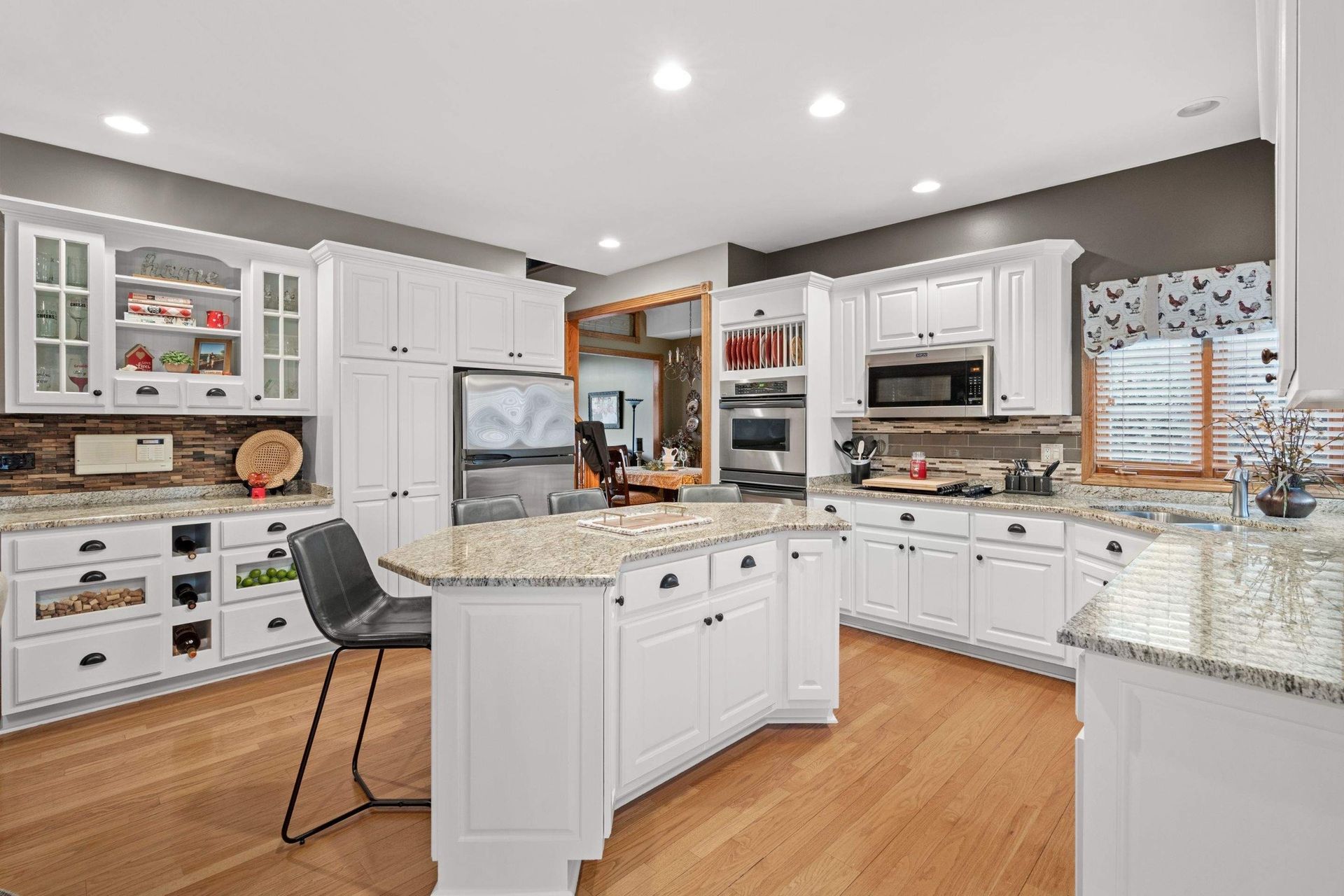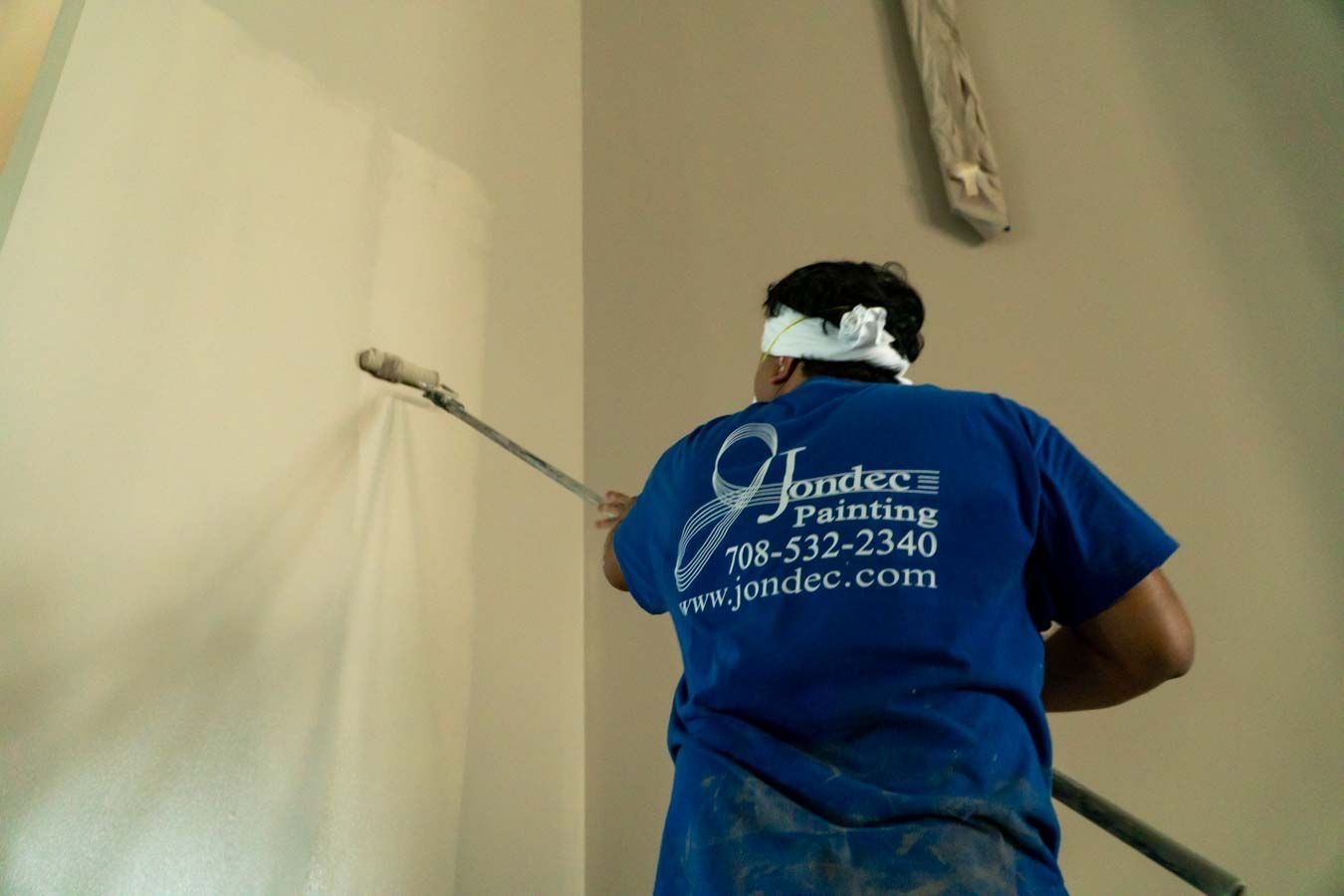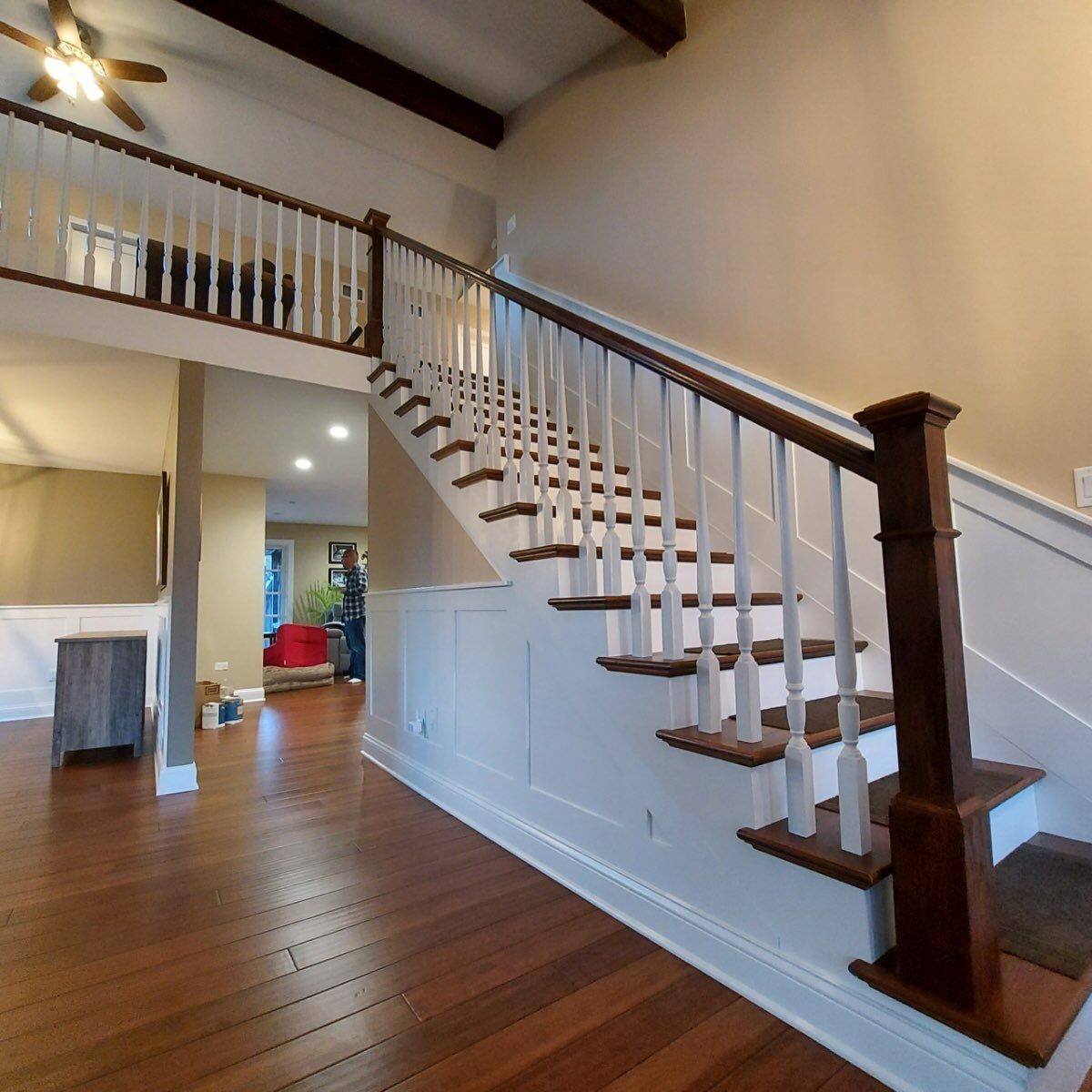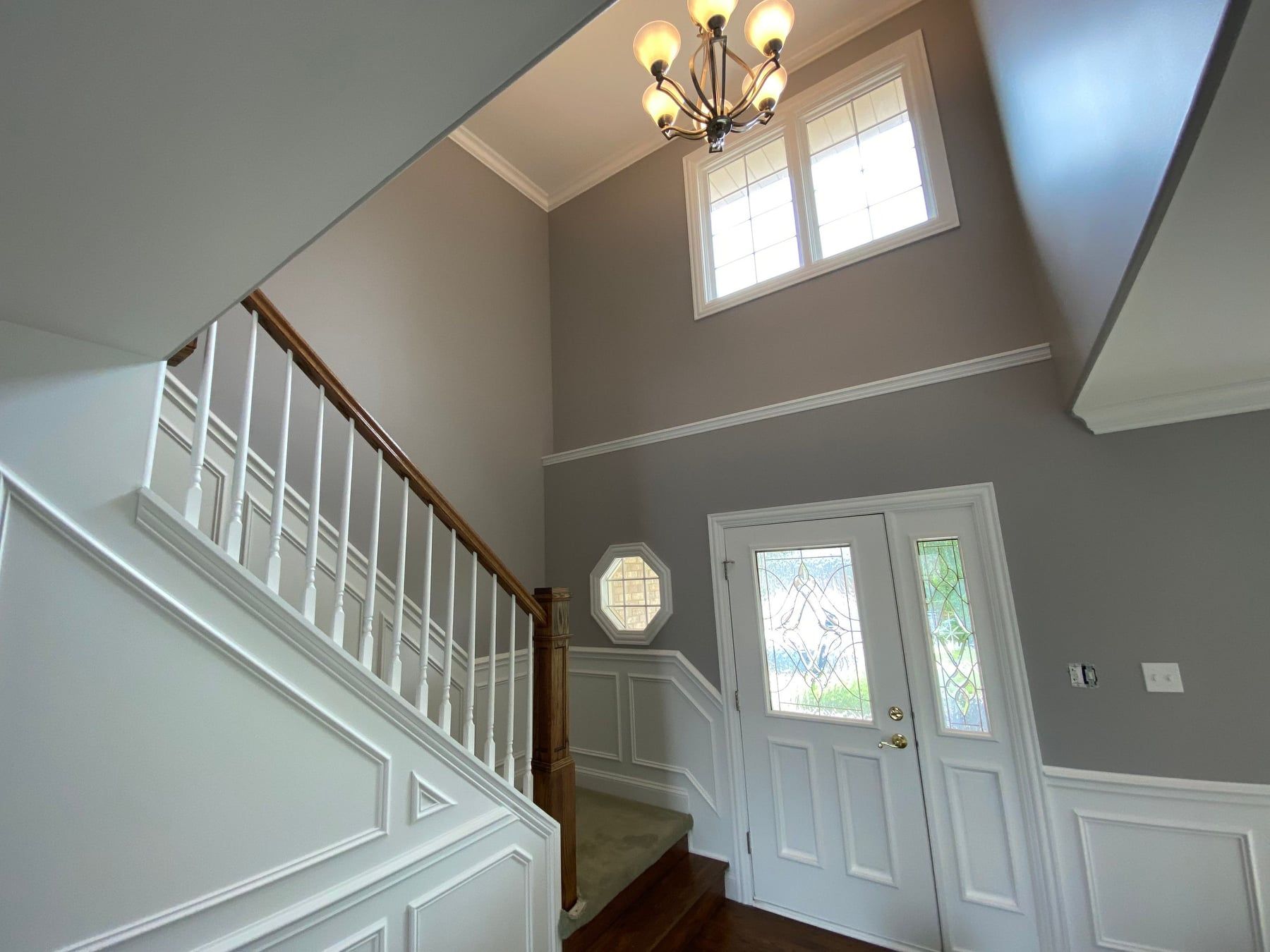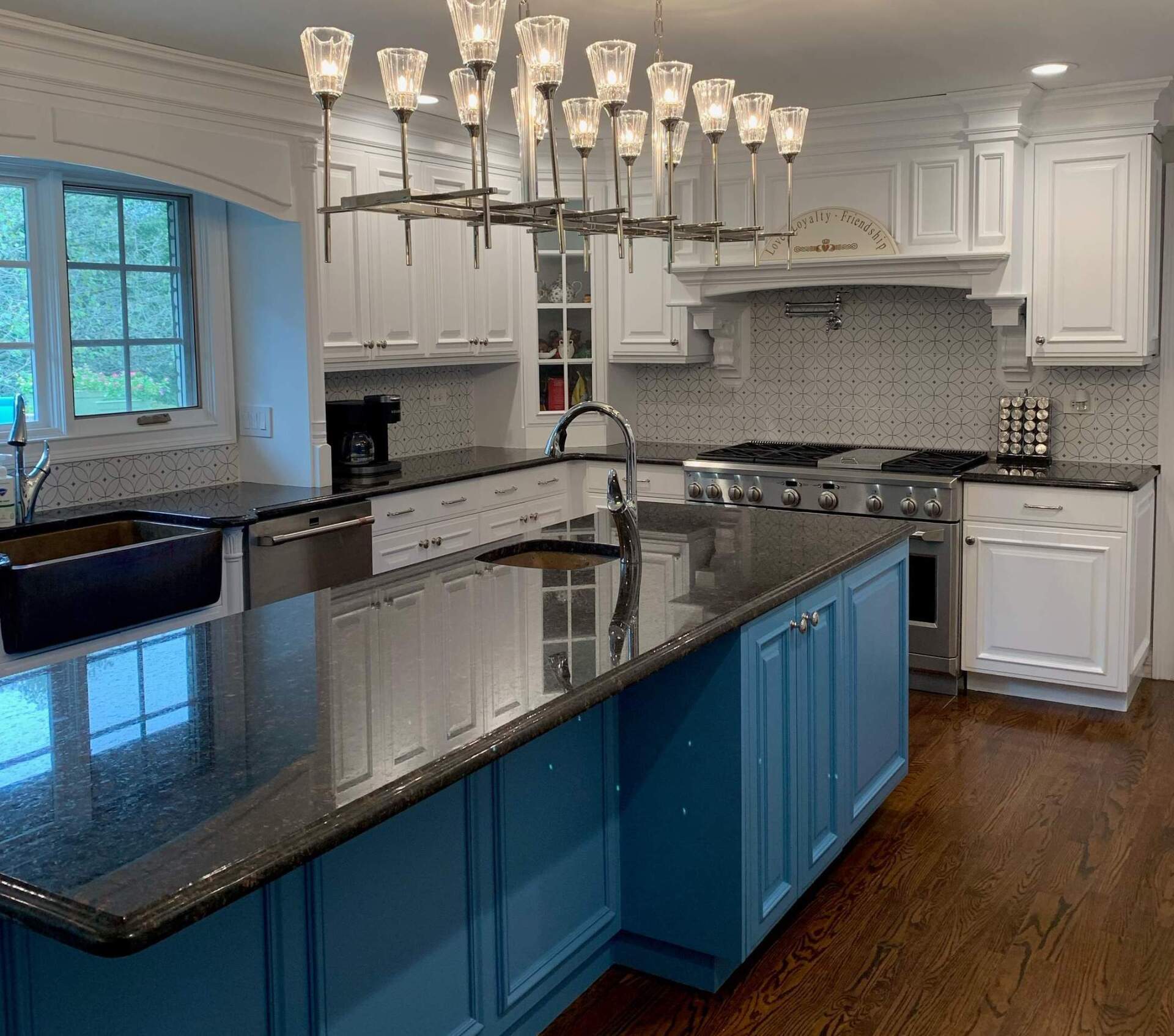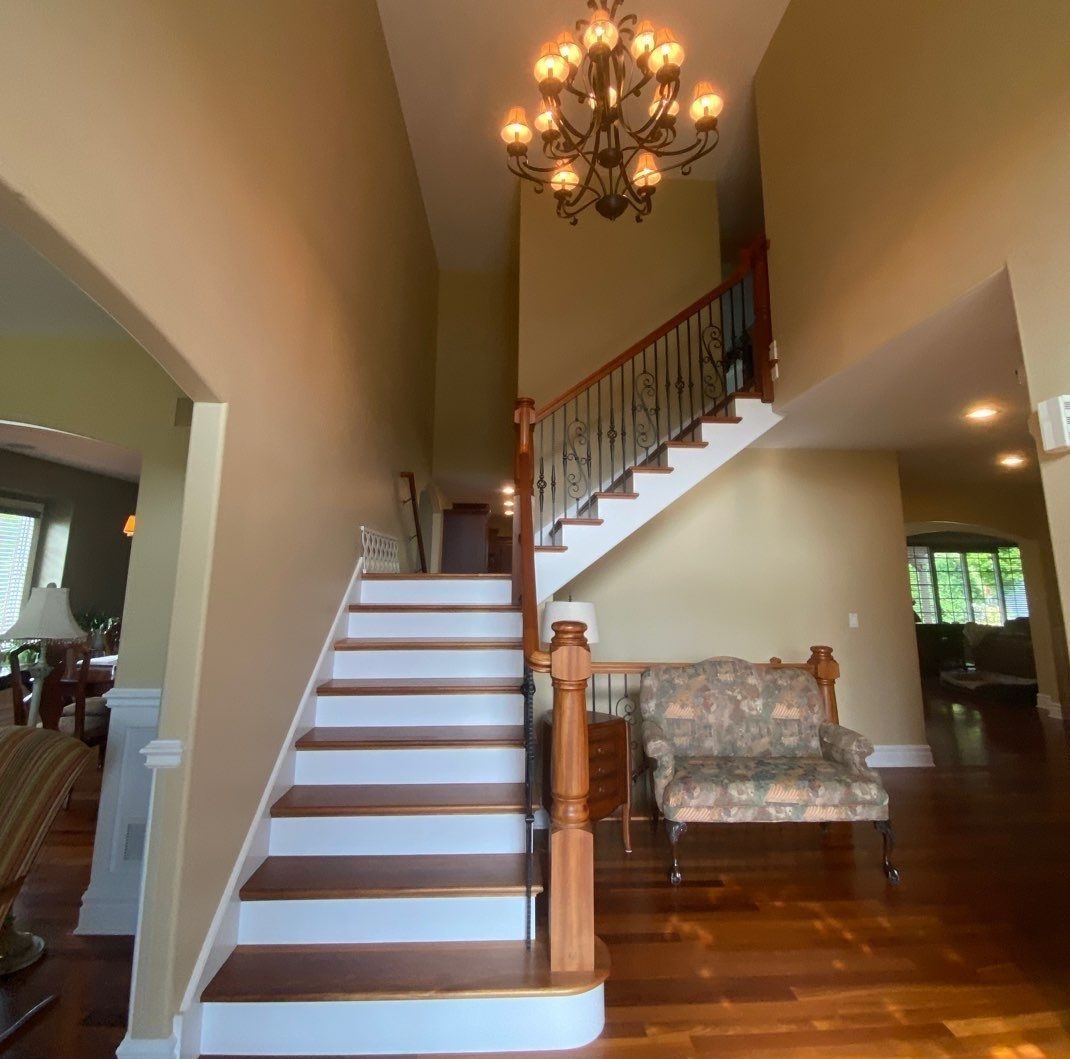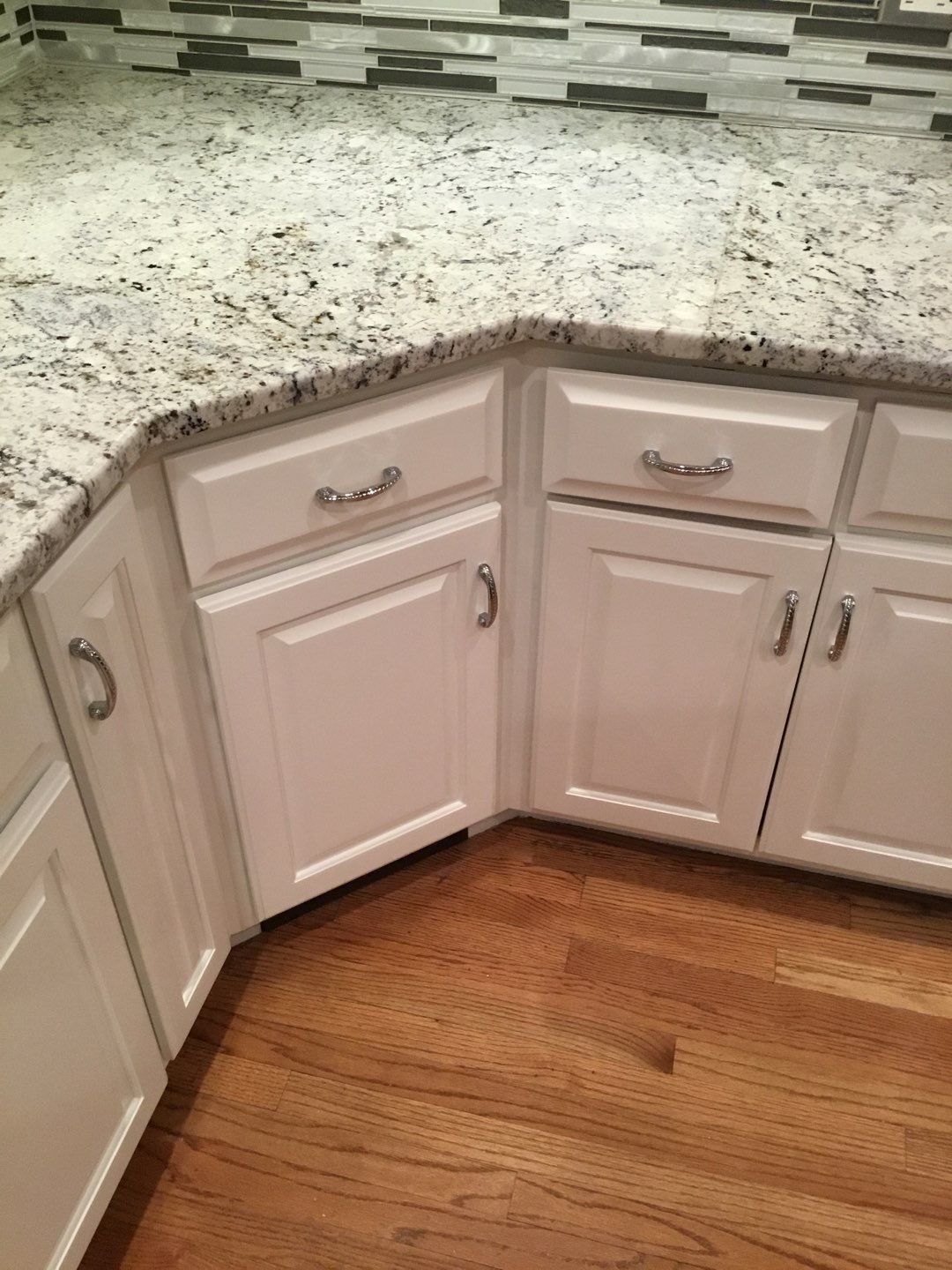Why Does My Room Still Smell Like Fresh Paint? An Interior Painting Mystery…
Why Does My Room Still Smell Like Fresh Paint? An Interior Painting Mystery…

All the rooms were painted at the same time and with the same product, but one bedroom still smelled. Why?
Ready to put your thinking cap on? We recently helped a client who was dealing with lingering paint odor: a big problem when you’re looking for fresh style, not fumes. With our “No mess, no stress” painting philosophy, we take issues like this seriously and quickly sent one of our pros to do a deeper investigation.
Setting the scene: three bedrooms freshly painted
Last November we painted three bedrooms for a client, and all the paint came from the same 5-gallon bucket of Sherwin-Williams Cashmere in a flat finish. Everything went well. And, thanks to the paint being an interior acrylic latex, we knew that any paint odor would be minimal and dissipate quickly. Perfect for a wintertime paint job.
Fast forward to late December, just before the holidays.
Our client called and said that one of the bedrooms still smelled like fresh paint. With guests coming soon for Christmas, this was a big problem.
Cracking the case: how to get rid of that new paint smell
Our pro asked all the right questions, eliminating any possibility that the room had been treated differently by our team than the others, or that a different paint product was used. And that’s when the clue was dropped that blew the case wide open.
After the paint job was done, our client had shut the door to the bedroom in question since it was a guest space. It had remained virtually unused and untouched for over a month with no real air circulation or temperature variation.
As a test run, we suggested leaving the door open to facilitate a total air exchange. Within hours the paint smell was gone…
The takeaway?
Yes, painting indoors right through the winter is perfectly safe, especially thanks to the low-VOC interior paint options that have little-to-no odor. But some air circulation is still necessary to really aid in the dissipation of even trace amounts of odor.
Also, be sure you use the right type of paint. As we said, low-VOC acrylic latex is the right way to go. If you opted for an oil-based product, you’d be dealing with much stronger, longer-lasting fumes.
Have any other painting questions? Contact us at Jondec Painting! We believe in making the house painting process fun: you’ll love our warm, friendly team and our “No mess, no stress!” approach.
Share
Let's Talk Paint!
